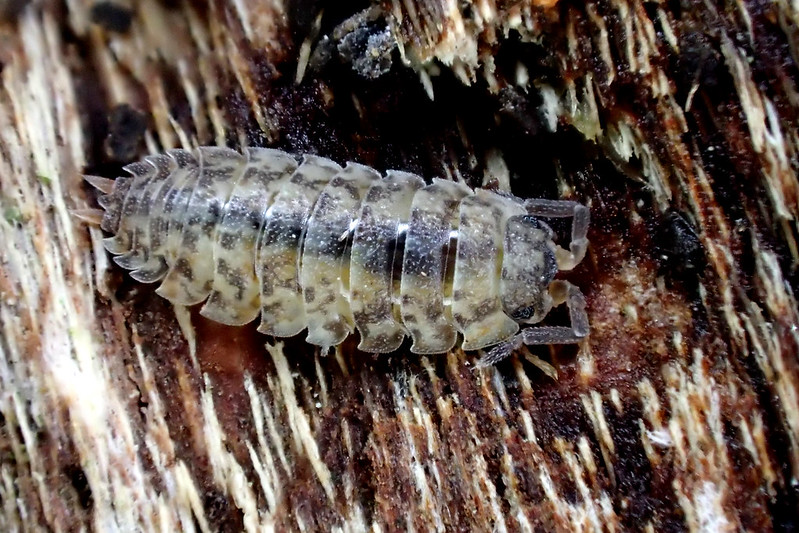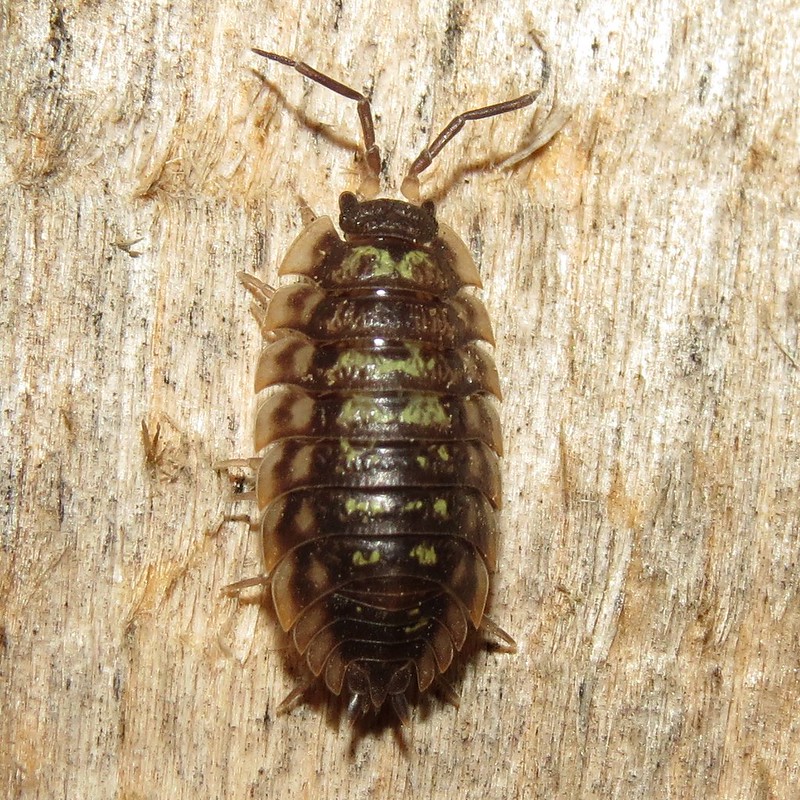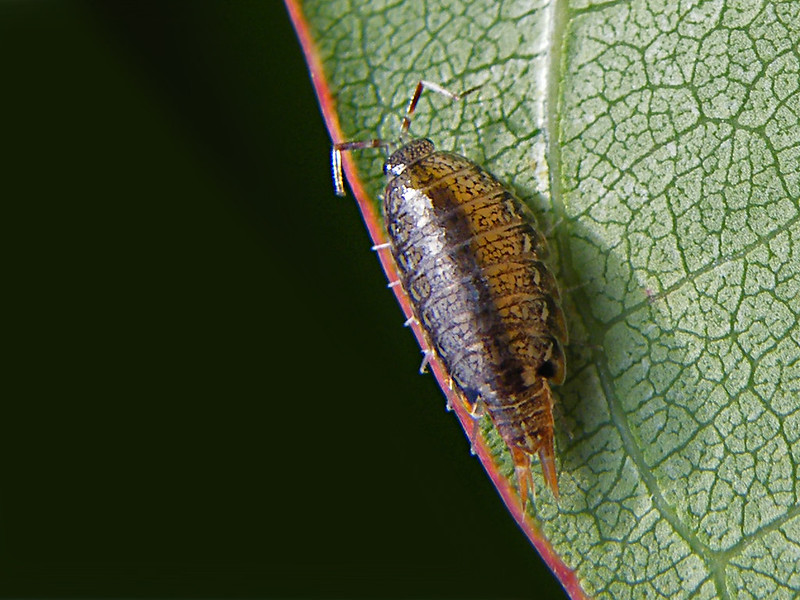Whether you spot a sowbug in your damp basement, under a tile that you have just lifted up, or in your plant soil, you’ll probably shudder a little.
After you’ve recovered, the next question is if these bugs — which are also called woodlice — are dangerous. The answer may surprise you.
Do Sowbugs Bite?
Sowbugs are scavengers who breathe through gills and hence depend on highly humid or moist environments to survive. As omnivores, sowbugs will feed on a wide variety of organic substances. Their food sources range from decaying plant matter to fungi, algae, mulch, and other decaying organic debris, such as insect parts. Sowbugs have been known to target living seedlings and other vulnerable plants, like those you have recently transplanted, as well.
They do not, however, bite humans and pet animals. They do not sting, and they are not known to carry any diseases, either. Contrary to the fact that sowbugs are also called woodlice, they do not eat wood. As such, sowbugs do not pose a risk to your property — but their presence can alert you to a preexisting moisture or humidity problem.
Are Sowbugs Poisonous?
We can only offer you another resounding “no”. Unlike many other common household pests, ranging from dust mites to cockroaches and silverfish, sowbugs are not even associated with allergic reactions.
Have you recently discovered a whole grouping of sowbugs in a damp area of your house, such as your basement or crawl space? Have you, perhaps, noticed that you’ve been experiencing uncomfortable symptoms like sneezing, a sore throat, swollen and itchy eyes, and shortness of breath, around the same time? It’s probably not the bugs.
Instead, the answer is most likely to lie in the same moisture the sowbugs were also attracted to. Homes with high relative humidity levels — meaning a humidity of 50 percent or higher — are also magnets for mold and dust mites. Both these common problems cause strong allergic reactions in people. In addition, high humidity levels can make you feel uncomfortable by themselves.
Do Sowbugs Stink?
If you spot a collection of sowbugs under a flower pot or tile outdoors, you likely won’t smell anything but the fresh odor of the environment. When sowbugs have accumulated in damp spots within your home, however, you may be in for a nasty surprise. In larger numbers, sowbugs may emit an unpleasant odor that is often described as similar to urine. In addition to this stench, you may also grow to associate their presence with the smell of damp — and, potentially, mold. This smell is not emitted by sowbugs themselves, but rather by the environment which they thrive in.
Are Sowbugs Dangerous to humans?
Sowbugs do not pose any known danger to human health, and they will not destroy any part of your property either if you have found them indoors — since they only scavenge for the decaying organic matter that you would be happy to be rid of. That said, there are still a few reasons why many homeowners choose to get rid of them.
Sowbugs can, however, damage vulnerable plants, even killing them as they feed on roots and stems. Sowbugs are particularly known to target cucumbers, eating the skins as these vegetables lie on the ground. They can be a nuisance to keen gardeners for this reason.
None of this means that having a sowbug infestation in your home is not a problem, however. Sowbugs can be considered to be helpful due to the fact that their presence can indicate a more widespread problem with moisture or high humidity.
Because of this, you will want to seal cracks and crevices around your foundation walls to stop sowbugs from entering, and have any known leaks repaired immediately. You could buy an inexpensive humidity monitor to check if your basement or crawl space is excessively humid, and install a dehumidifier if you find that to be the case. When it comes to your garden, diatomaceous earth is your friend, as it will stop sowbugs from threatening your seedlings.
Citations and Credits


